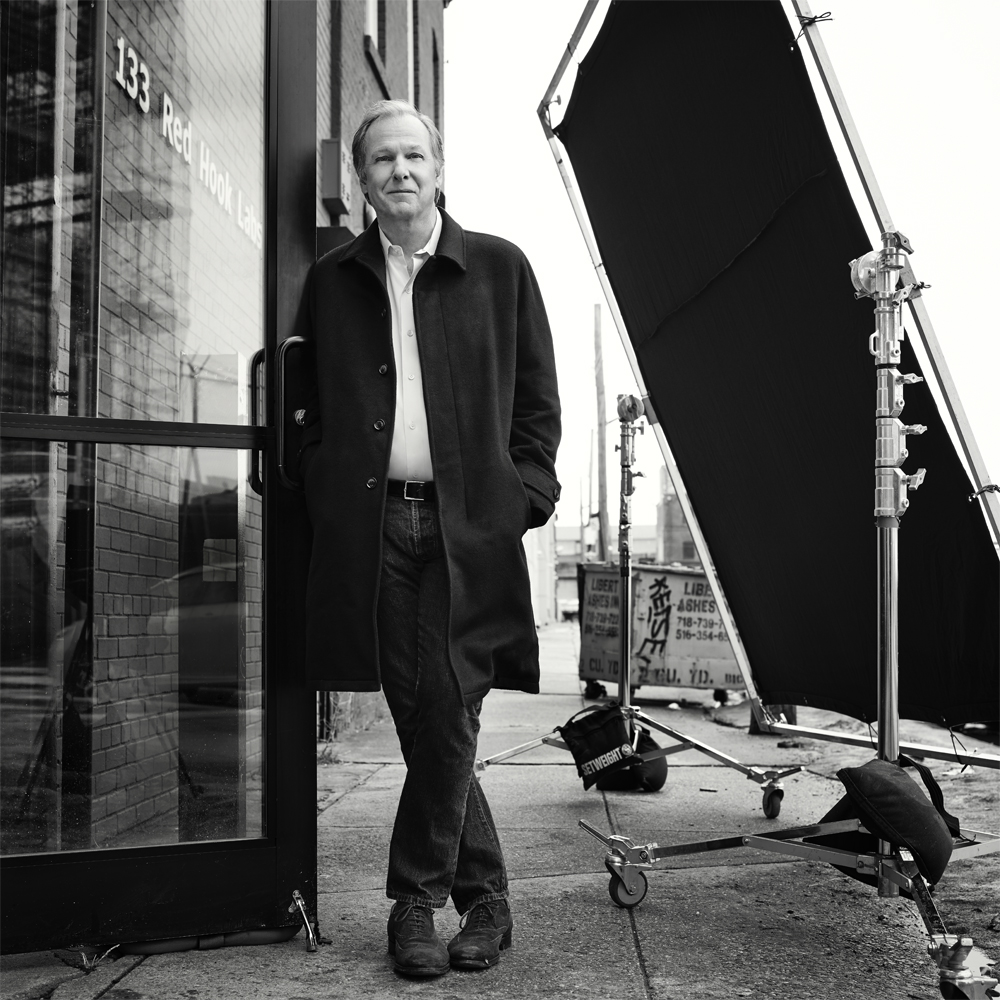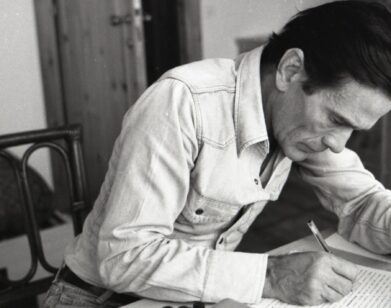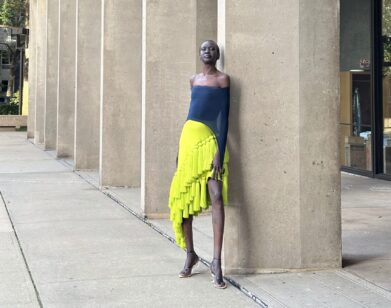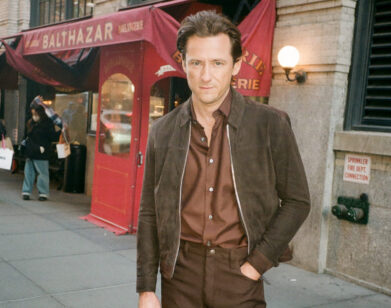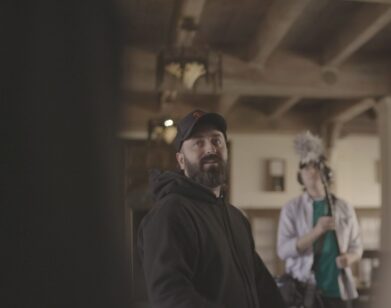Jimmy MOFFAT at REDHOOK LABS
“The people here are very renegade, very do-it-yourself,” Jimmy Moffat says during a recent tour through Red Hook Labs, the 11,000-square-foot photography studio and exhibition space he opened in Brooklyn just last month. Indeed, the industrial, hardscrabble setting seems a fitting one for Moffat, who famously launched the photography agency Art + Commerce in the early 1980s with Anne Kennedy and Leslie Sweeney out of Kennedy’s West Village apartment. “We would move her bed out when we had a meeting and put a little table down,” Moffat recalls. “There was a place called Texarkana downstairs. My friend was the bartender, and he set a dedicated line for me at the bar so I could answer calls there.”
Much to his humble surprise, the agency thrived (“I never thought it was going to be a successful thing or a full-time thing”), and it swiftly amassing a roster of superstar photographers, such as Steven Meisel, Robert Mapplethorpe, and Annie Leibovitz, and eventually expanding its coverage to include stylists, hair and makeup artists, and creative directors. Today Art + Commerce remains a fashion industry powerhouse. Moffat, however, has also recast his focus back on square one with Red Hook Labs—a solo venture he began contemplating three years ago when he started visiting the up-and-coming neighborhood. “I live a mile away,” he says, “and I just love the community.” Surrounded by the nearby studios of artists like Dan Colen, Urs Fischer, and Dustin Yellin—the last of whom has made a strong creative hub of the south Brooklyn peninsula—the space will serve as a destination for professional photographers for studio shoots, while also generating enough revenue to fund programming for emerging artists and public schools.
Moffat, who previously spearheaded the launch of the School of Visual Arts’ graduate program in fashion photography (the first in the country) back in 2011 and has dedicated nearly two decades to supporting arts initiatives in underfunded communities, registered Red Hook Labs as a public-benefit corporation. “You declare that your company is not only there to create financial value, but also social value. And you have to report on what social good you’re doing,” he explains. In this particular case, images will speak volumes.

